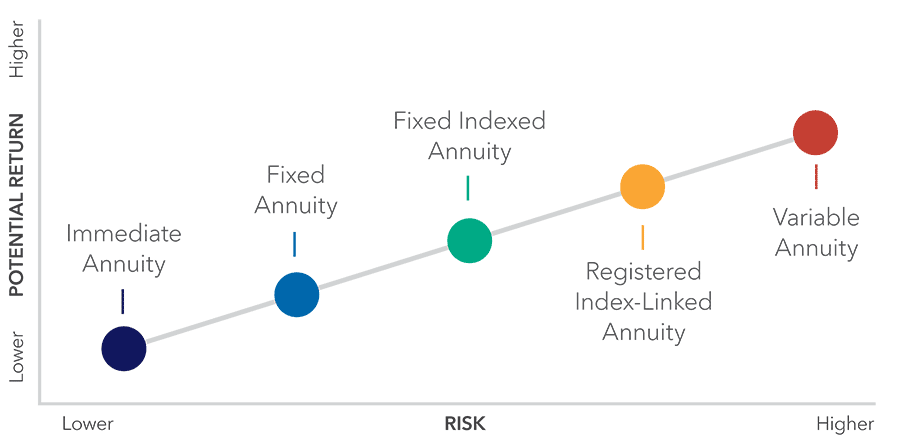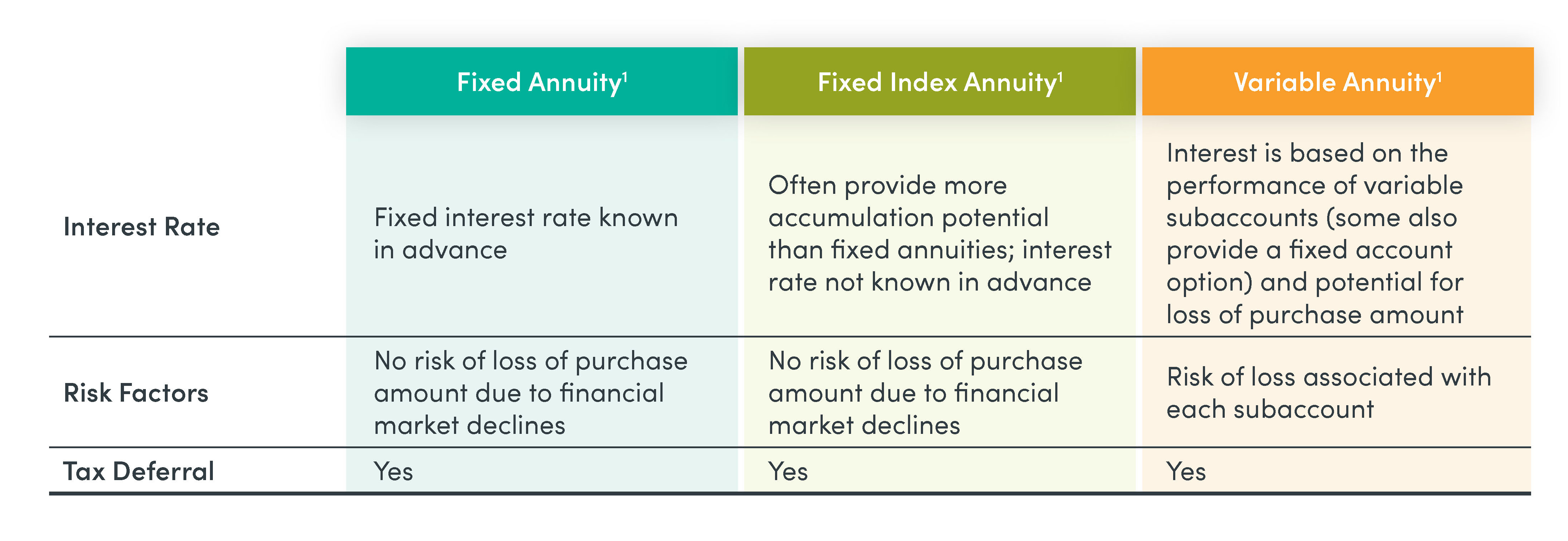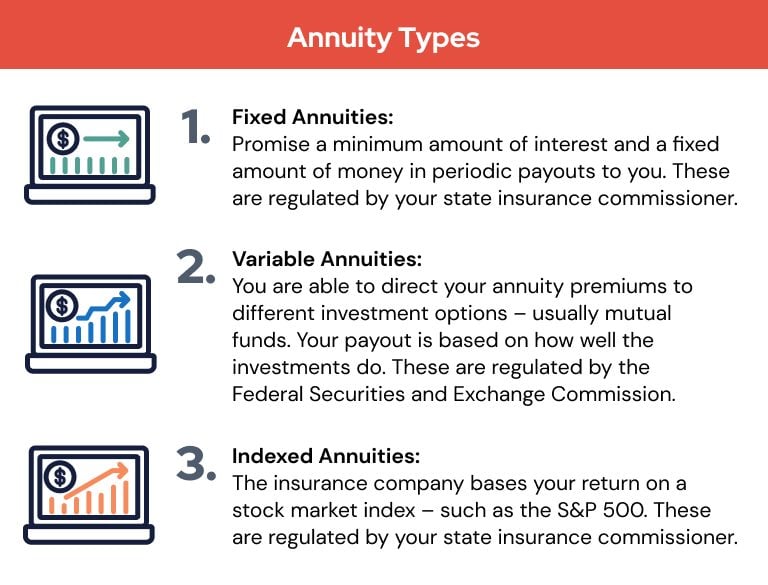All Categories
Featured
Table of Contents
Simply as with a fixed annuity, the owner of a variable annuity pays an insurance provider a round figure or collection of settlements in exchange for the promise of a series of future repayments in return. But as pointed out over, while a taken care of annuity grows at an ensured, consistent price, a variable annuity expands at a variable price that relies on the efficiency of the underlying investments, called sub-accounts.

Throughout the build-up stage, assets spent in variable annuity sub-accounts grow on a tax-deferred basis and are tired only when the contract proprietor withdraws those incomes from the account. After the accumulation phase comes the earnings stage. In time, variable annuity possessions must theoretically boost in value till the contract owner chooses she or he want to start withdrawing money from the account.
The most considerable problem that variable annuities commonly present is high cost. Variable annuities have a number of layers of costs and expenses that can, in aggregate, develop a drag of up to 3-4% of the agreement's value each year.
Understanding Tax Benefits Of Fixed Vs Variable Annuities Everything You Need to Know About Financial Strategies What Is the Best Retirement Option? Advantages and Disadvantages of Different Retirement Plans Why Choosing the Right Financial Strategy Can Impact Your Future How to Compare Different Investment Plans: Explained in Detail Key Differences Between Different Financial Strategies Understanding the Risks of Long-Term Investments Who Should Consider Deferred Annuity Vs Variable Annuity? Tips for Choosing the Best Investment Strategy FAQs About Indexed Annuity Vs Fixed Annuity Common Mistakes to Avoid When Planning Your Retirement Financial Planning Simplified: Understanding Your Options A Beginner’s Guide to Fixed Annuity Vs Variable Annuity A Closer Look at How to Build a Retirement Plan
M&E expense charges are determined as a percent of the contract value Annuity issuers pass on recordkeeping and other administrative costs to the contract proprietor. This can be in the form of a level annual charge or a portion of the contract worth. Management charges may be included as part of the M&E risk charge or may be evaluated individually.
These costs can range from 0.1% for easy funds to 1.5% or more for actively taken care of funds. Annuity contracts can be tailored in a number of ways to offer the specific requirements of the contract proprietor. Some common variable annuity motorcyclists include ensured minimum buildup advantage (GMAB), assured minimum withdrawal advantage (GMWB), and assured minimal earnings benefit (GMIB).

Variable annuity contributions supply no such tax deduction. Variable annuities tend to be very inefficient vehicles for passing wealth to the following generation due to the fact that they do not delight in a cost-basis adjustment when the initial agreement proprietor passes away. When the proprietor of a taxable financial investment account dies, the price bases of the financial investments kept in the account are readjusted to reflect the market rates of those investments at the time of the owner's death.
Decoding How Investment Plans Work Key Insights on Choosing Between Fixed Annuity And Variable Annuity Defining the Right Financial Strategy Pros and Cons of Various Financial Options Why Tax Benefits Of Fixed Vs Variable Annuities Can Impact Your Future Fixed Vs Variable Annuities: Simplified Key Differences Between Different Financial Strategies Understanding the Key Features of What Is A Variable Annuity Vs A Fixed Annuity Who Should Consider Strategic Financial Planning? Tips for Choosing the Best Investment Strategy FAQs About Planning Your Financial Future Common Mistakes to Avoid When Choosing Fixed Indexed Annuity Vs Market-variable Annuity Financial Planning Simplified: Understanding Retirement Income Fixed Vs Variable Annuity A Beginner’s Guide to Smart Investment Decisions A Closer Look at How to Build a Retirement Plan
Heirs can inherit a taxable investment profile with a "clean slate" from a tax point of view. Such is not the instance with variable annuities. Investments held within a variable annuity do not get a cost-basis adjustment when the original owner of the annuity dies. This means that any kind of gathered latent gains will certainly be passed on to the annuity owner's beneficiaries, in addition to the linked tax obligation worry.
One considerable concern connected to variable annuities is the potential for problems of interest that might exist on the component of annuity salespeople. Unlike a monetary consultant, that has a fiduciary obligation to make financial investment choices that profit the client, an insurance broker has no such fiduciary obligation. Annuity sales are highly lucrative for the insurance professionals that market them because of high in advance sales commissions.

Several variable annuity agreements have language which puts a cap on the percentage of gain that can be experienced by certain sub-accounts. These caps prevent the annuity proprietor from completely participating in a part of gains that might or else be appreciated in years in which markets create considerable returns. From an outsider's point of view, presumably that investors are trading a cap on financial investment returns for the abovementioned assured flooring on investment returns.
As noted above, give up charges can drastically limit an annuity proprietor's ability to relocate possessions out of an annuity in the early years of the agreement. Additionally, while a lot of variable annuities permit contract proprietors to withdraw a defined quantity during the accumulation stage, withdrawals beyond this quantity normally result in a company-imposed cost.
Withdrawals made from a set rates of interest investment choice can likewise experience a "market value adjustment" or MVA. An MVA readjusts the value of the withdrawal to show any type of changes in interest prices from the moment that the cash was bought the fixed-rate option to the time that it was withdrawn.

Fairly often, also the salespeople that sell them do not totally recognize how they function, therefore salesmen sometimes take advantage of a customer's emotions to market variable annuities instead than the values and suitability of the items themselves. Our team believe that capitalists need to fully recognize what they possess and just how much they are paying to have it.
Highlighting Fixed Vs Variable Annuities Key Insights on Your Financial Future What Is Fixed Vs Variable Annuity Pros And Cons? Benefits of Variable Annuity Vs Fixed Annuity Why Tax Benefits Of Fixed Vs Variable Annuities Matters for Retirement Planning How to Compare Different Investment Plans: How It Works Key Differences Between Different Financial Strategies Understanding the Rewards of Annuities Fixed Vs Variable Who Should Consider Fixed Income Annuity Vs Variable Growth Annuity? Tips for Choosing the Best Investment Strategy FAQs About Immediate Fixed Annuity Vs Variable Annuity Common Mistakes to Avoid When Planning Your Retirement Financial Planning Simplified: Understanding Pros And Cons Of Fixed Annuity And Variable Annuity A Beginner’s Guide to Variable Annuity Vs Fixed Indexed Annuity A Closer Look at Pros And Cons Of Fixed Annuity And Variable Annuity
The exact same can not be said for variable annuity assets held in fixed-rate financial investments. These assets legally come from the insurer and would for that reason be at threat if the business were to fall short. In a similar way, any warranties that the insurer has actually accepted provide, such as an assured minimal earnings advantage, would certainly remain in inquiry in the occasion of a company failure.
Consequently, prospective buyers of variable annuities ought to comprehend and take into consideration the economic condition of the issuing insurer prior to participating in an annuity agreement. While the advantages and downsides of various kinds of annuities can be questioned, the real problem bordering annuities is that of viability. In other words, the concern is: who should possess a variable annuity? This concern can be challenging to address, given the myriad variations offered in the variable annuity cosmos, yet there are some basic standards that can aid investors make a decision whether or not annuities ought to play a role in their financial plans.
After all, as the stating goes: "Caveat emptor!" This write-up is prepared by Pekin Hardy Strauss, Inc. Comparing fixed annuity rates. ("Pekin Hardy," dba Pekin Hardy Strauss Wide Range Administration) for informational functions only and is not planned as a deal or solicitation for service. The details and data in this article does not make up legal, tax, bookkeeping, financial investment, or other professional guidance
Table of Contents
Latest Posts
Analyzing Retirement Income Fixed Vs Variable Annuity A Comprehensive Guide to Investment Choices What Is Fixed Income Annuity Vs Variable Annuity? Benefits of Choosing the Right Financial Plan Why An
Highlighting Variable Annuity Vs Fixed Indexed Annuity Everything You Need to Know About Annuity Fixed Vs Variable Defining the Right Financial Strategy Advantages and Disadvantages of Different Retir
Analyzing Strategic Retirement Planning Everything You Need to Know About Fixed Index Annuity Vs Variable Annuities Breaking Down the Basics of Annuities Variable Vs Fixed Advantages and Disadvantages
More
Latest Posts